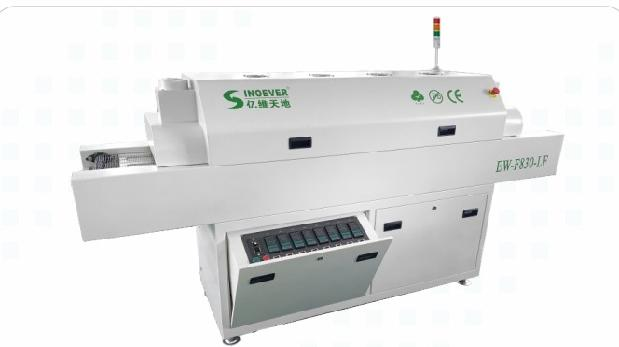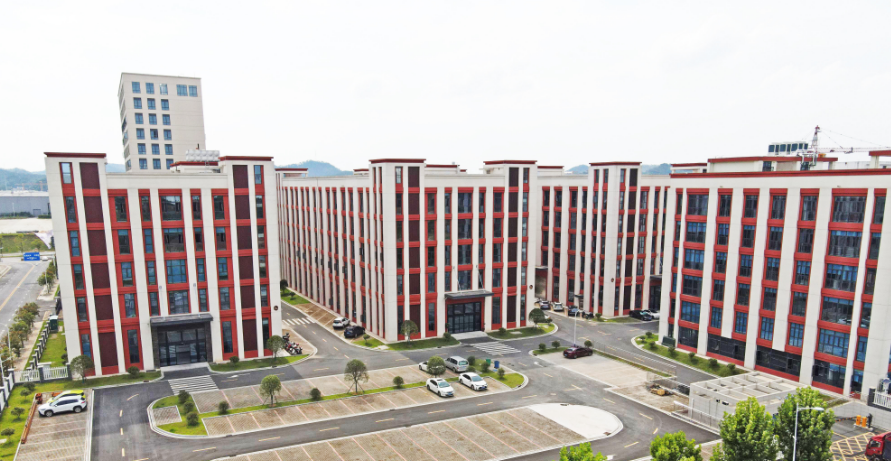
SMT Reflow Soldering Machines: Powering the Future of Electronics Manufacturing
SMT reflow soldering machines have become an indispensable tool in modern electronics manufacturing, enabling high precision soldering for a variety of applications. As the demand for smaller, faster and more reliable electronic devices grows, the role of the reflow soldering machine continues to expand across multiple industries. The following are the key application prospects that will drive the future of SMT reflow soldering technology.
1. Consumer electronics: drivers of mass production
The smartphone, laptop and wearable device markets rely heavily on SMT reflow soldering machines because of their ability to handle high-density PCB assemblies with extreme precision.
Smartphones and tablets: Miniature components (01005 packages, fine-pitch BGAs) require precise temperature control.
Wearables and Hearing Devices: Thin, flexible printed circuit boards require uniform heating to prevent warpage.
Gaming consoles and laptops: High-speed reflow ensures reliable solder joints for high-performance circuits.
2. Automotive electronics: leading the way in safety and reliability
The growth of electric vehicles (EVs) and advanced driver assistance systems (ADAS) has increased the demand for rugged, high-temperature reflow soldering.
Power Control Unit (PCU): High power components (IGBTs, MOSFETs) require precise thermal profiles.
Battery Management Systems (BMS): Reflow soldering machines ensure reliable connections for safety-critical circuits.
Radar and LiDAR modules: SMT reflow soldering ensures stable solder joints and thus sensor accuracy.
3. Medical equipment: accuracy and compliance of life-saving equipment
Due to the critical nature of implantable and diagnostic devices, the medical electronics field requires zero defect soldering.
Pacemakers and neurostimulators: Ultra-fine soldering of micro-components.
MRI and CT scanners: Highly reliable joints for high-power circuits.
Diagnostic equipment: Stable soldering of sensor arrays and signal processing circuit boards.
